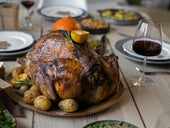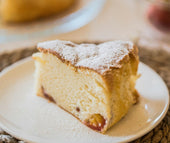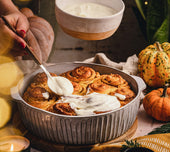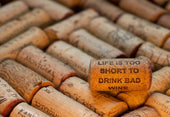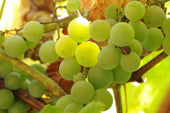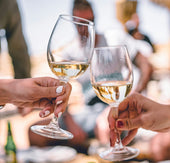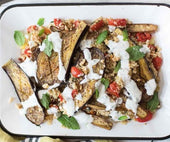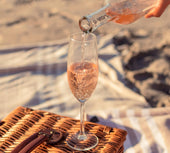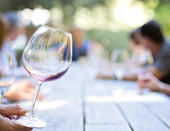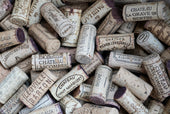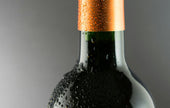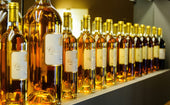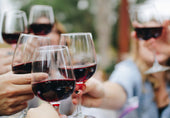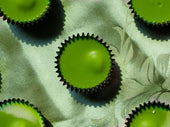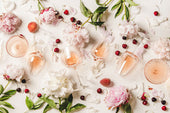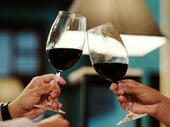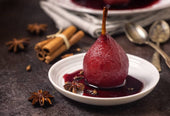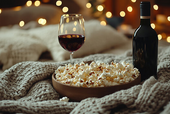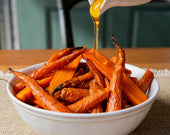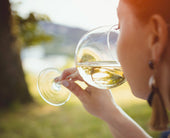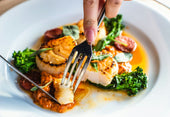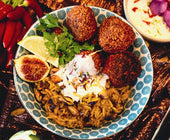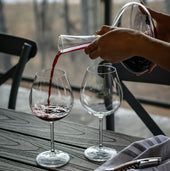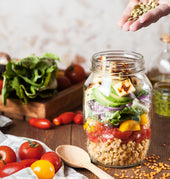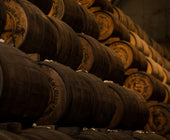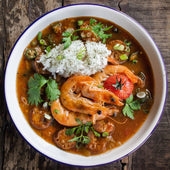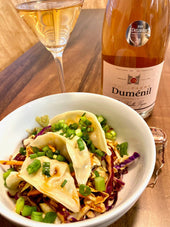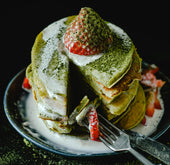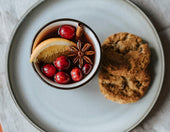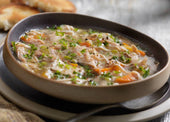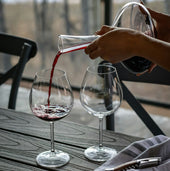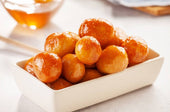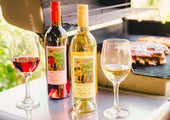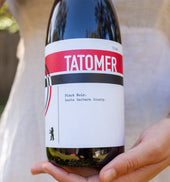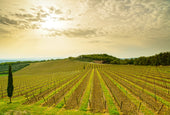
Wine Etiquette: 5 Do's and 5 Don'ts for Enjoying Wine Like a Pro

Do's:
Do Hold Your Glass by the Stem:
Holding the glass by the stem prevents your hand from warming the wine, which can alter its flavor. It also keeps the bowl of the glass smudge-free, allowing you to admire the wine's color and clarity. Pinky’s out is optional but unnecessary.
Do Smell the Wine Before Tasting:
Swirl the wine gently in your glass to release its aromas, then take a moment to sniff. Smell plays a crucial role in the perception of taste, as the olfactory receptors in the nose work closely with taste buds to create a full flavor experience. When you eat, aromas travel from the mouth to the nose, where they combine with taste sensations to enhance or modify the overall flavor profiles of the wine. Without the sense of smell, many wines would taste bland or lack complexity.
Do Pair Wine with Food Thoughtfully:
Pairing wine with the right food can elevate both the wine and the dish. For example, white wines often complement fish and poultry, while red wines pair well with red meats and rich dishes. Pro tip: wines with good acidity should be the qualifier to pair with food.
Do Serve Wine at the Correct Temperature:
Serving wine at the right temperature enhances its flavors. Whites are generally best chilled, while reds should be served slightly below room temperature. Over-chilling or over-warming can mute the wine's characteristics. Adding ice cubes to white wine is like wearing socks with sandals—technically possible, but why ruin a good thing? To be more specific…
White Wines:
Light-bodied whites (e.g., Sauvignon Blanc, Pinot Grigio): 45-50°F (7-10°C)
Full-bodied whites (e.g., Chardonnay, Viognier): 50-55°F (10-13°C)
Red Wines:
Light-bodied reds (e.g., Pinot Noir, Gamay): 55-60°F (13-16°C)
Medium-bodied reds (e.g., Merlot, Zinfandel): 60-65°F (16-18°C)
Full-bodied reds (e.g., Cabernet Sauvignon, Syrah): 65-68°F (18-20°C)
Do Use the Right Glassware:
Different wines benefit from different glass shapes. Red wines are usually served in larger, rounder glasses to allow more air to circulate, enhancing their bouquet. White wines are best enjoyed in narrower glasses to maintain their cooler temperature.
Don'ts:
Don't Overfill Your Glass:
Pour wine into about one-third of the glass to allow room for swirling, which helps release the wine's aromas and flavors. Overfilling can also make it harder to appreciate the wine.
Don't Rush the Tasting Process:
Take your time to savor the wine. Rushing through the tasting process means you’ll miss out on the nuances in the wine's flavors, aromas and characteristics. Let it tell you a story, sort-to-speak.
Don't Judge a Wine Solely by Its Price or Scores:
Expensive doesn't always mean better. Many affordable wines offer excellent quality. Be open to exploring different price ranges to find hidden gems. Also, don’t get caught up with scores, just because a wine has a big score doesn’t mean it’s ready to drink. A rule of thumb…the higher the score the more age worthy and longer you should wait. So, if you want to enjoy a bottle right away, try to look for wines 88-92 points that are current releases.
Don't Shake the Bottle:
Shaking a wine bottle, especially a sparkling one, can disturb the sediment or cause the wine to froth up, leading to spills or a compromised taste.
Don't Ignore the Cork or Cap:
While a cork is traditional, many quality wines now come with screw caps, aka; a Stelvin closure. So, don’t assume a screw cap means lower quality. Focus on the wine itself rather than the packaging of closure type.
Contributed by Blake Leland, Sommelier for Plume Ridge Bottle Shop.

